Public Education & Immigration
The end of the Nineteenth Century saw explosive growth in America’s public schools. Public school expenditures rose from $69 million in 1870 to $147 million in 1890. Public school enrollment increased from 7.6 million in 1870 to 12.7 million in the same decades. The United States was providing more schooling to more children than any other nation on earth, thanks in large part to the nineteenth-century movement for school reform. Yet not all children could attend public schools together. Many Native Americans were sent to special government schools, where they were forced to abandon tribal languages, customs, and dress. African Americans also faced exclusion, and many created their own schools.
By 1900 the United States was becoming increasingly urban. Cities were crowded with immigrants arriving from every part of the globe. Between 1890 and 1930, over 22 million came to the United States, including almost three million children. For them, school was the place where the American dream was nurtured, and the future itself took shape… So powerful was the lure of education that on the day after a steamship arrived, as many as 125 children would apply to one New York school. Thousands of students attended school part time for lack of space. Some classrooms were as crowded as tenements. Yet for many other children, school was nothing more than a mysterious building passed on the way to work. In 1900, only 50 percent of America’s children were in school, and they received an average of only five years of schooling. The remaining children could often be found at work.
Learn more about the history of US public education at the PBS site School.






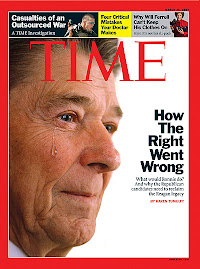
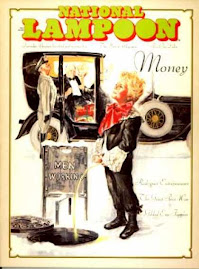
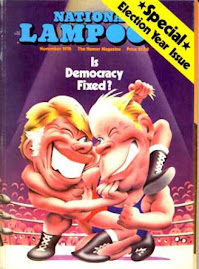

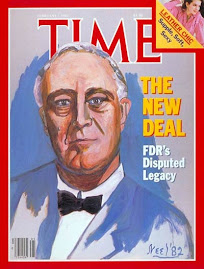


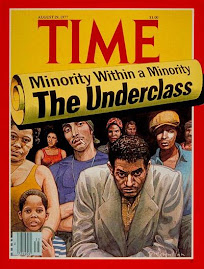


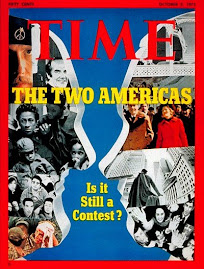
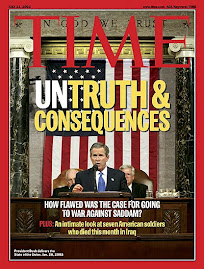

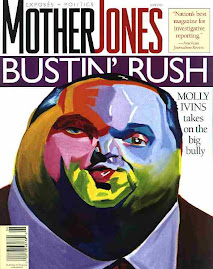
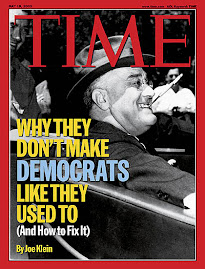
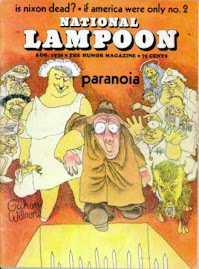
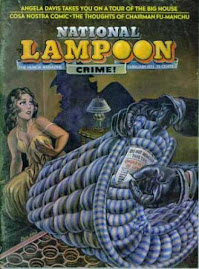


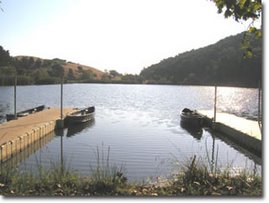

No comments:
Post a Comment